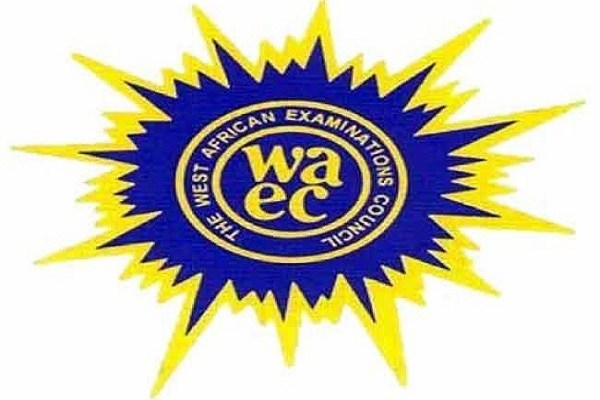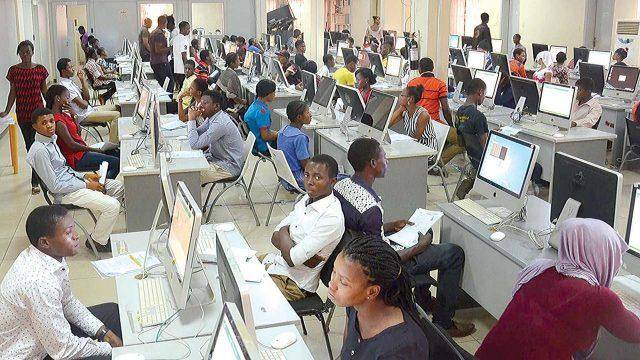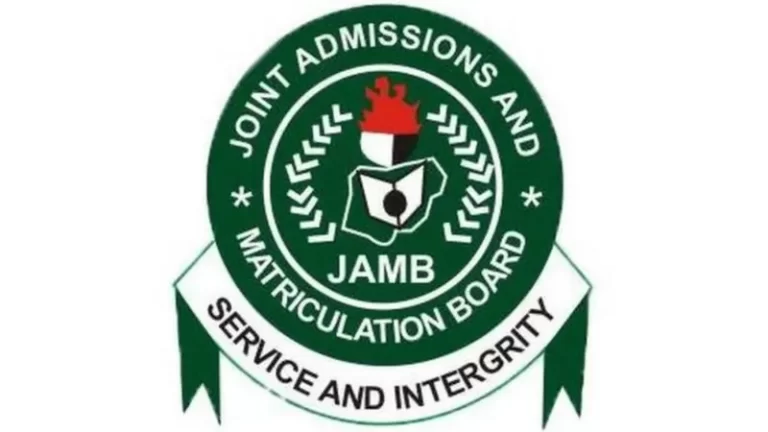Waec

Office-Obj
01-10: DBABCCCDAC
11-20: BCAABBBDBC
21-30: CBDBACCBAA
31-40: BDCABCCCBA
41-50: CCDBBCADCC
COMPLETED
Office-ANSWERS!-By-ExamKey.Net
(3a)
[PICK ANY THREE]
(i) Identifying areas of improvement: The committee report can highlight areas where the company is lacking and offer recommendations on how to improve.
(ii) Enhancing decision-making: The committee report can provide valuable information and insights that management can use to make better decisions.
(iii) Improving communication: The committee report can serve as a tool to communicate information to employees and stakeholders about the company’s sales and strategies to improve them.
(iv) Encouraging participation: The committee report can create a sense of involvement and ownership among employees and stakeholders inspiring them to contribute to the company’s success.
(v) Supporting accountability: The committee report can serve as a tool to hold employees and management accountable for their actions as it highlights areas where improvements are needed.
(vi) Guiding future actions: The committee report can provide a roadmap for future action and planning guiding the company towards achieving its goals.
(3b)
[PICK ANY THREE]
(i) Decision-making: Information is essential for making effective decisions at all levels of an organization.
(ii) Planning: Information can guide the planning process enabling organizations to set realistic goals and develop effective strategies for achieving them.
(iii) Monitoring performance: Information provides a means of monitoring organizational performance ensuring that actions are aligned with goals and identifying areas for improvement.
(iv) Evaluation: Information can facilitate the evaluation of programs processes and initiatives to determine their effectiveness and whether they have achieved their intended goals.
(v) Communication: Information is necessary for effective communication among stakeholders both within and outside an organization.
(vi) Innovation: Information can inspire creativity and innovation by providing insights into emerging trends opportunities and challenges.
(3c)
(i) Span control: This principle refers to the number of subordinates that a manager can effectively supervise.
(ii) Unity of command: This principle states that each employee should have only one direct supervisor ensuring clear lines of communication accountability and direction. This principle helps to promote order and avoid confusion.
(iii) Delegation of authority: This principle involves the transfer of authority from a manager to a subordinate to make decisions and take action. Effective delegation ensures that decision-making is decentralized freeing up managers to focus on more strategic priorities.
(iv) Unity of objective: This principle emphasizes the importance of having a clear and common goal for the organization ensuring that all employees are working towards the same objective. This principle helps to create focus stimulates creativity and improves cooperation within the organization.
(5a)
(PICK ANY TWO)
(i)Verbal Communication is the exchange of information by words.WHILE non-verbal Communication is the exchange of information by wordless cues
(ii)Verbal Communication has less chance of confusion and misunderstanding the message. WHILE non-verbal Communication has more chance of confusion and misunderstanding the message
(iii)VerbalCommunication leads to a prompt interchange of information.WHILE Nonverbal Communication can take more time.
(iv)Verbal Communication doesn’t essentially require the presence of both the parties at the same place. WHILE Nonverbal Communication requires the presence of both the parties at the same place.
(5aii)
(PICK ANY TWO)
(i)Functional organization allows for the grouping of employees based on their areas of expertise and specialization.
(ii)Functional organization promotes efficiency by grouping employees with similar skills and knowledge together.
(iii)While functional organization emphasizes specialization, it also provides opportunities for interdisciplinary collaboration
(iv) functional group will help Employees to develop their skills, gain experience, and progress within their respective functions.
(5b)
(PICK ANY SIX)
(i)Emails
(ii)Memos
(iii)Reports
(iv)Letters
(v)Policies and Procedures
(vi)Newsletters
(vii)Intranet/Portal Content
(5c)
*(INSTRUCTIONS: PICK EXACTLY SAME THREE YOU SELECTED ON 5B)*
(i)Emails: Email allows for formal or informal communication, sharing of information, sending attachments, and facilitating correspondence between individuals or groups.
(ii)Memos: Memos are used to communicate important information within an organization.
(iii)Reports: They are often used to summarize research, present data, or evaluate performance of an organisation
(iv)Letters: Letters are formal written communications typically used for internal external correspondence.
(v) Policies and Procedures: Written policies and procedures serve as guidelines for employees to follow within the organization.
(vi)Newsletters: Newsletters are regular publications distributed within an organization to share updates, news, and announcements.
(vii)Intranet/Portal Content: Many organizations have internal intranet sites or portals where written content is published.
(7ai)
(I) Keeping the computer clean by dusting the keyboard and screen regularly.
(II) Protect the computer from viruses and malware by installing updates and an antivirus program.
(III) Avoid exposing the computer to extreme temperatures or moisture.
(7aii)
(I) Increased efficiency and productivity due to faster work completion.
(Ii) Consistency in output and quality due to machine precision.
(III) Cost savings as the machine eliminates the need for manual labor.
(7b)
(i) Computers enable the creation, storage, and retrieval of large amounts of data and various formats.
(ii) They allow for easy editing, spell-checking, and copying and pasting of text.
(iii) They save time and effort, as one can print multiple copies of a document with ease.
(iv) They offer flexibility in designing and formatting documents, allowing for a more professional and polished appearance.
(4a)
An agenda is a list of meeting activities in the order in which they are to be taken up, beginning with the call to order and ending with adjournment.
(4bi)
=On the day of a meeting=
(i) Prepare the meeting room, arrange the seating, and ensure all necessary materials are available.
(ii) Confirm the attendance of all invited participants and inform them of any changes in the schedule.
(iii) Distribute copies of the agenda and any relevant documents to all attendees.
(4bii)
=During a meeting=
(i) Record and keep accurate minutes of the proceedings, decisions, and actions taken during the meeting.
(ii) Keep track of time and ensure that the meeting progresses according to the agreed agenda and schedule.
(iii) Assist the chairperson in managing the meeting, such as handling questions, managing discussions, and taking votes.
(4biii)
=Immediately after a meeting=
(i) Distribute the minutes, any agreed actions, and relevant documents to all attendees.
(ii) Follow up on the agreed action points identified during the meeting and ensure that they are completed in a timely manner.
(iii) Keep a record of all correspondence, tasks, and follow-ups related to the meeting for future reference.
(2ai)
A closed-office layout is a type of office design layout that features individual enclosed workspaces for each employee.
(2aii)
(PICK ONLY 4)
(i) It is expensive to construct and maintain
(ii) Facilities and office equipment cannot be shared among the workers
(iii) It is not easy to supervise the employees
(iv) Less communication among the employees
(v) Might lead to less productivities of the employees
(2b)
(PICK ONLY 5)
(i)
Collection and classification of documents
(ii) Preservation of documents
(iii) Systematic arrangement of documents
(iv) Provide guidance to the staff
(v) To fulfill legal requirements
Completed!.
RECOMMENDED TOPICS
- JAMB 2025 UTME/DE registration document – step-by-step on how to apply for UTME and DE

- JAMB postpones 2025 UTME Registration to February 3rd

- JAMB Officially Announces 2025 UTME Registration, Exam, Mock Dates, Cost and Important Details

- The official reading novel for Jamb 2025 is Lekki Headmaster

- Subjects for Computer Science in JAMB for Guaranteed Success


